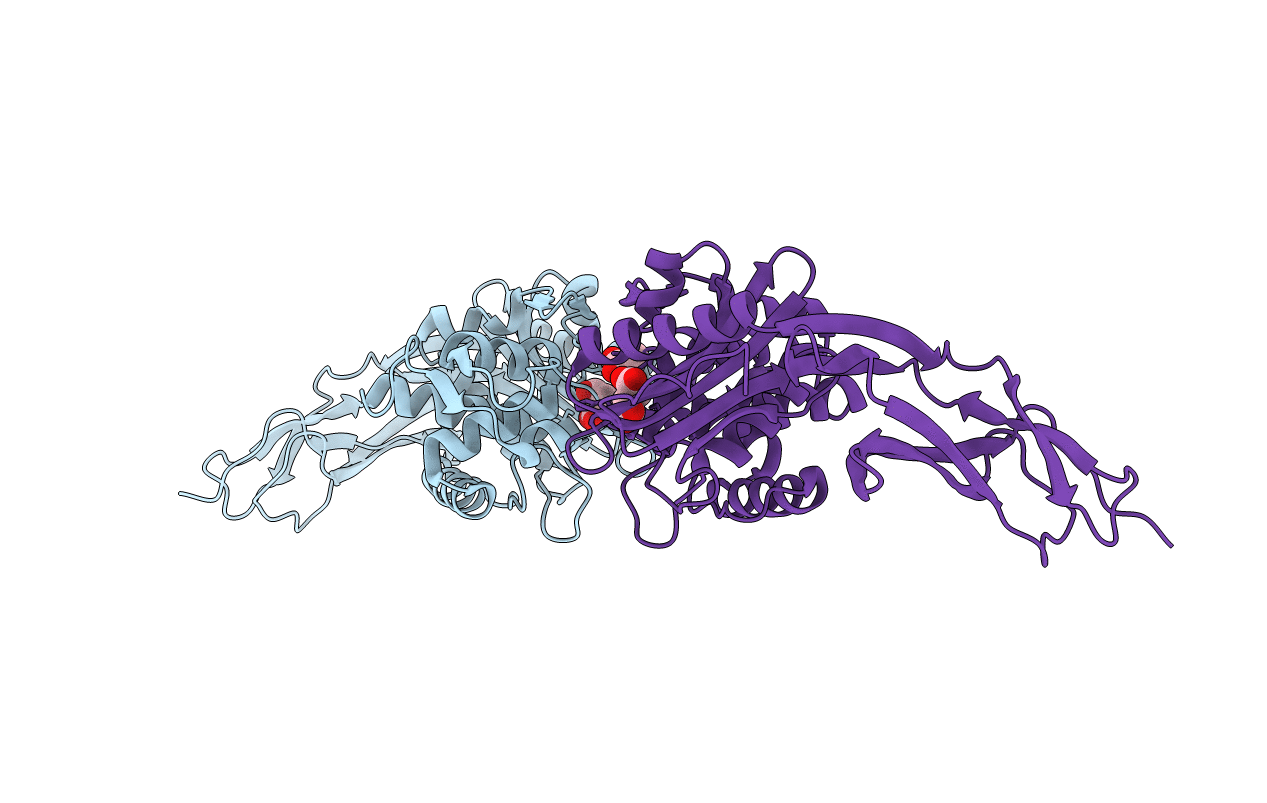
Deposition Date
2013-04-19
Release Date
2013-09-25
Last Version Date
2024-02-28
Entry Detail
PDB ID:
4K91
Keywords:
Title:
Crystal structure of Penicillin-Binding Protein 5 (PBP5) from Pseudomonas aeruginosa in apo state
Biological Source:
Source Organism:
Pseudomonas aeruginosa UCBPP-PA14 (Taxon ID: 208963)
Host Organism:
Method Details:
Experimental Method:
Resolution:
2.05 Å
R-Value Free:
0.26
R-Value Work:
0.21
R-Value Observed:
0.21
Space Group:
C 1 2 1


